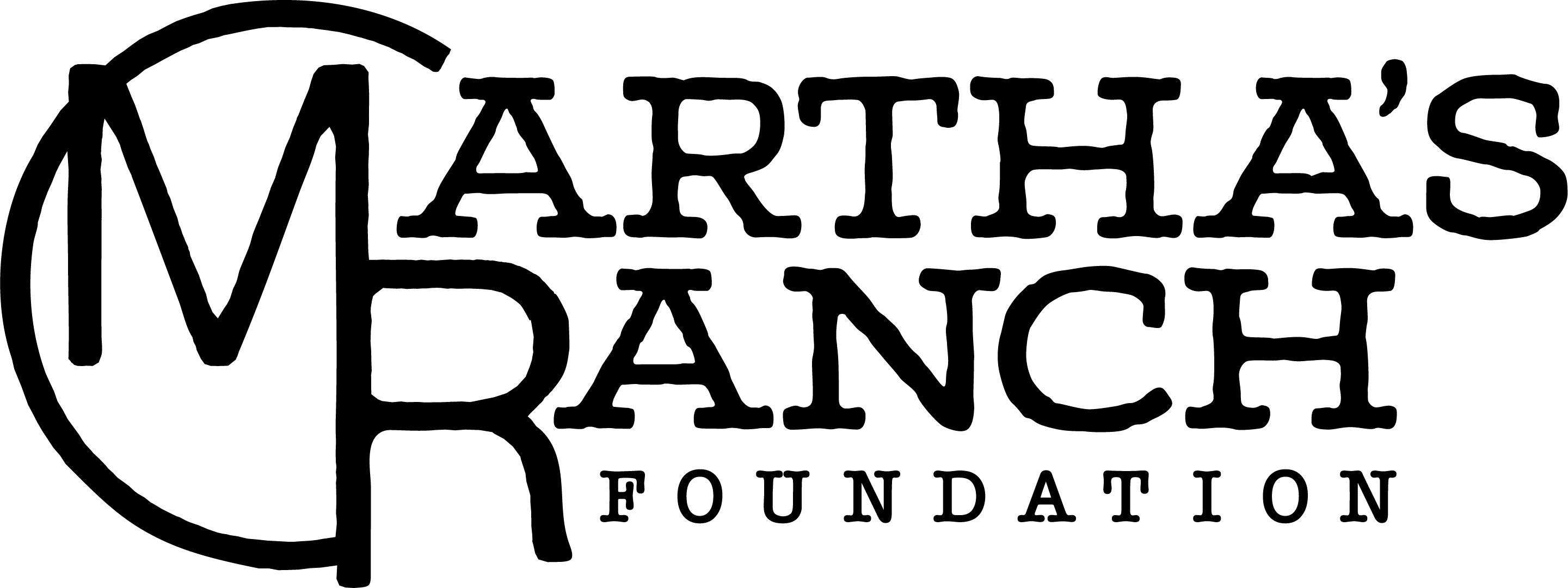As a long-time health and wellness columnist, I am always open to researching and providing science-based and “best practices” information to readers. One of my fellow community gardeners had asked me to help publicize the very real issue of autism in our society.
The emphasis of today’s column is to help illuminate the ever-increasing issue of autism, provide some basic information and help orient readers on where to go for more in-depth information and resources.
On March 23, 2023, The Centers for Disease Control and Prevention released its update of autism’s estimated prevalence among the nation’s children, based on the active surveillance across 11 monitoring sites in the United States for 8-year-old children in 2020.
The new report shows an increase in prevalence with 1 in 36 children, or just over 2.7% of 8-year-old children, diagnosed with autism spectrum disorder in 2020, and for the first time reveals higher prevalence rates among Black non-Hispanic (BNH), Hispanic, and Asian or Pacific Islander (A/PI) children compared to White non-Hispanic (WNH) children.
Autism or Autism Spectrum Disorder (ASD)
ASD is a developmental condition that can impact a person’s social skills, communication, relationships and self-regulation. It refers to a broad range of conditions characterized by challenges with social skills, repetitive behaviors, speech and nonverbal communication.
It is known that there are many subtypes of autism, most influenced by a combination of genetic and environmental factors. Because autism is a spectrum disorder, each person with autism has a distinct set of strengths and challenges.
The ways in which people with autism learn, think and problem-solve can range from highly skilled to severely challenged. Some people with ASD may require significant support in their daily lives, while others may need less support and, in some cases, live entirely independently.
Several factors may influence the development of autism, and it is often accompanied by sensory sensitivities and medical issues such as gastrointestinal (GI) disorders, seizures or sleep disorders, as well as mental health challenges such as anxiety, depression and attention issues.

Addressing the needs of autistic children
Signs of autism usually appear by age 2 or 3. Some associated development delays can appear even earlier, and often, it can be diagnosed as early as 18 months. Research shows that early intervention leads to positive outcomes later in life for people with autism.
What is the best education for an autistic child?
There are various educational opportunities for students with autism: a general education classroom, a resource classroom, a special education classroom, or an autism-only setting. Some autistic students thrive in an inclusive class, while others are better in segregated situations. It all depends on the child.
What are the four principles of educating students with ASD?
Learn about four strategies for structured teaching to support students with ASD: (1) physical structure, (2) visual schedules, (3) work systems, and (4) visual structure.
Six tips to help students
Here are six tips to help your students with autism thrive in the classroom.
- Avoid sensory overload. Many unexpected things can be distracting to students with autism
- Use visuals
- Be predictable
- Keep language concrete
- Directly teach social skills
- Treat students as individuals
A note on the Individuals with Disabilities Act
Every child in the United States has a right to a public education. This includes children with autism and other disabilities. The Individuals with Disabilities Education Act (IDEA), is the federal law that guarantees a free and appropriate public education in the least restrictive environment for every student with a disability.
The law’s 2004 reauthorization (P.L. 108-446) further defined children’s rights to educational services and strengthened the role of parents/care providers in their children’s educational planning process. This means that the education for students enrolled in public school should come at no cost and should be appropriate for their age, ability, and developmental level. Learn more autismsociety.org.
Thanks to the National Education Association, The Autism Society, Autism Speaks and the Australian parenting website for much of the content provided.
This topic is an important one and the interdependent role of parents, teachers and other professionals has the potential to make a positive impact in the lives of these children and their transition into adulthood.
References and resources
A good resource for some summary information to learn more about autism is available on the Australian parenting site including a description of autism and its causes, learning and development, thinking and learning strengths, raising autistic children and many other autism topics. Check out their website at raisingchildren.net.au
A good guide from The National Education Association titled “Teaching Students with Autism: A Guide for Educators is available at nea.org.
Key findings from the March 23, 2023 report by the CDC are available at autismspeaks.org
Mark A. Mahoney, Ph.D. has been a Registered Dietitian/Nutritionist for over 35 years. He can be reached at marqos69@hotmail.com.

